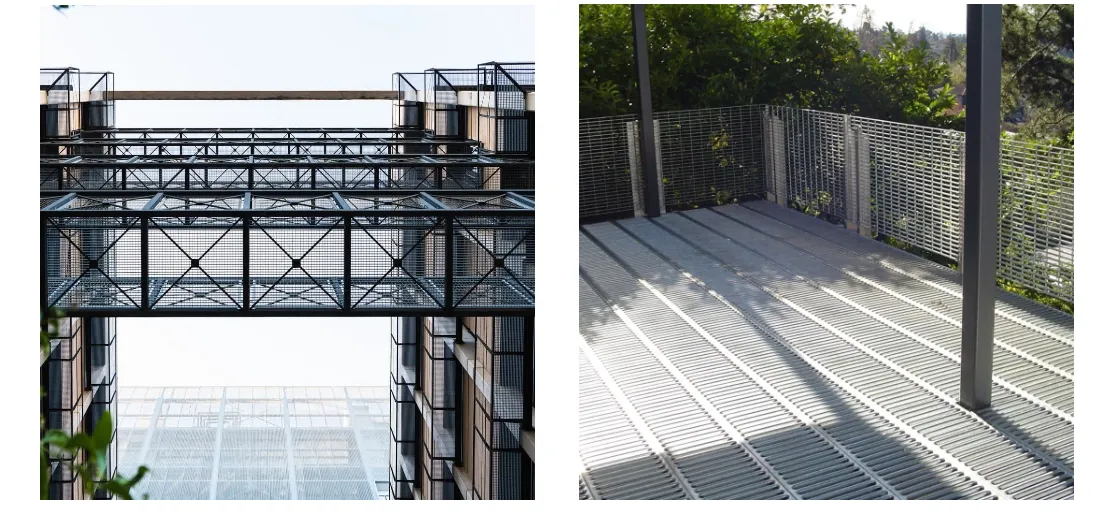Noise Cancelling Barriers The Future of Urban Peace
In our increasingly noisy world, the quest for tranquility has become more pressing than ever. As urban populations swell and traffic congestion escalates, ambient noise has reached unprecedented levels, leading to a plethora of stress-related health issues and diminished quality of life. One innovative solution that has gained traction is the implementation of noise cancelling barriers. These structures are designed to mitigate unwanted sounds, providing urban dwellers with much-needed respite from the cacophony of city life.
Noise cancelling barriers are engineered to absorb, reflect, or diffract sound waves, effectively reducing noise pollution. Their construction typically involves materials specifically chosen for their acoustic properties, such as dense concrete, fiberglass, or specialized sound-absorbing panels. These barriers can be installed along highways, railways, and industrial zones, creating a soundproof shield that protects residential areas from the relentless barrage of noise.
One of the foremost advantages of noise cancelling barriers is their ability to improve mental and physical health. Chronic exposure to loud noises is linked to various health concerns, including hypertension, sleep disturbances, and even cardiovascular diseases. By reducing noise levels, these barriers can help foster a more peaceful living environment, ultimately leading to improved well-being among residents. Studies have shown that quieter environments can enhance productivity, promote relaxation, and increase overall happiness, making noise cancelling barriers a vital feature in urban planning.
Moreover, the aesthetic appeal of noise cancelling barriers has also come to the forefront in recent years
. While traditional barriers may have been seen as unattractive, modern designs are increasingly incorporating art, greenery, and innovative architecture. For example, some cities have adopted vertical gardens on noise barriers, which not only absorb sound but also enhance air quality and provide a habitat for local wildlife. Such initiatives reflect a broader trend towards integrating nature into urban environments, promoting biodiversity while simultaneously addressing noise pollution.noise cancelling barrier

The technology behind noise cancelling barriers is also evolving. Engineers are now exploring active noise cancellation techniques, which use sound wave manipulation to counteract unwanted noise. These systems deploy microphones and speakers to detect noise and produce inverse sound waves that effectively cancel them out. Although still in the early stages of development, this technology holds promise for creating even more effective noise reduction solutions.
However, the implementation of noise cancelling barriers is not without challenges. The initial cost of construction can be significant, often requiring substantial investment from municipalities. Additionally, concerns about land use and community aesthetics can lead to opposition from residents who may feel that barriers disrupt their views or local environment. Thus, it is crucial for urban planners to engage with communities during the design and implementation process. Collaborating with residents helps ensure that the barriers are both effective in noise reduction and acceptable from a visual standpoint.
Cities around the globe are starting to recognize the importance of noise management. For instance, cities like Los Angeles and Berlin have begun employing noise cancelling technologies in various projects, aiming to address the pervasive issue of urban noise. As more municipalities adopt these measures, it is likely that noise cancelling barriers will become a common feature in urban landscapes.
In conclusion, noise cancelling barriers represent a significant advancement in our efforts to combat urban noise pollution. By improving mental and physical health, enhancing aesthetics, and utilizing innovative technologies, these barriers offer a promising solution to the challenges posed by noise in our cities. As we navigate the complexities of modern urban life, investing in noise cancelling solutions becomes essential for creating healthier, more livable environments. Prioritizing tranquility in our urban spaces not only improves individual well-being but also fosters a sense of community and connectedness in an increasingly disconnected world. Embracing noise cancelling barriers may very well be the key to achieving a harmonious balance between urban development and quality of life.
-
Turn Down the Noise: The Future of Highway Sound Barriers
NewsApr.09,2025
-
Silence the Sound: The Power of Highway Noise Barriers
NewsApr.09,2025
-
Reduce Road Noise Effectively with Highway Noise Barriers
NewsApr.09,2025
-
Noise-Free Living: How Highway Barriers Make a Difference
NewsApr.09,2025
-
Engineered for Silence: Highway Noise Barriers for Every Road
NewsApr.09,2025
-
Effective Noise Control: Highway Barriers for a Quieter Tomorrow
NewsApr.09,2025
Subscribe now!
Stay up to date with the latest on Fry Steeland industry news.

